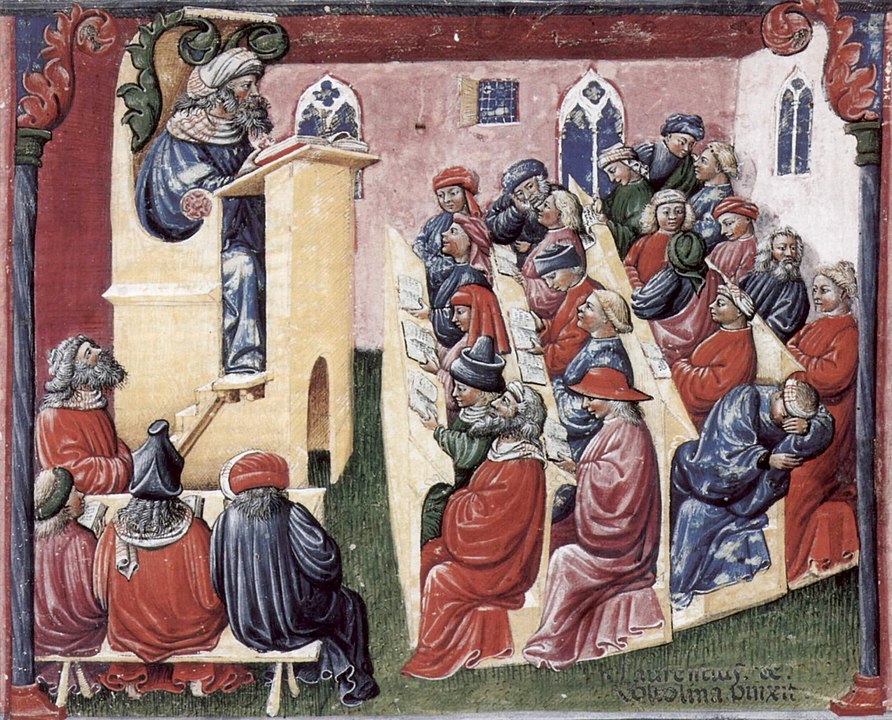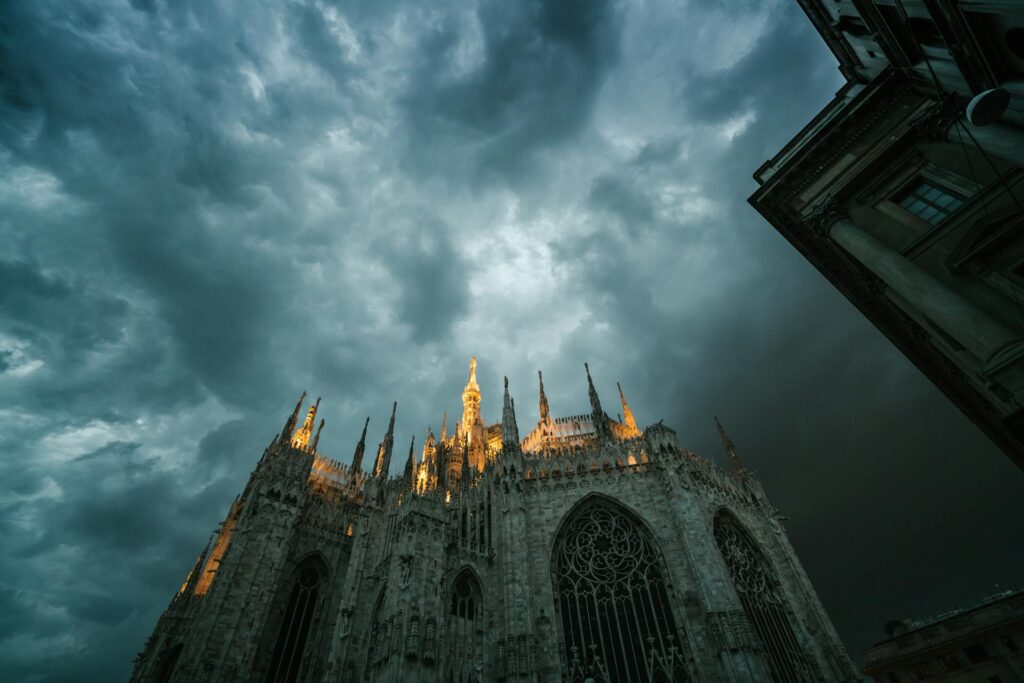 Foundations of Scientific Inquiry
Foundations of Scientific Inquiry
Medieval universities, emerging in the 12th and 13th centuries, played a significant role in advancing scientific knowledge. Institutions such as the University of Paris and the University of Bologna fostered a culture of intellectual inquiry and debate. The study of the natural world, based on classical texts and scholastic methods, laid the groundwork for scientific exploration. Medieval scholars engaged with works by Aristotle, Ptolemy, and Galen, integrating their ideas with contemporary thought.
Development of Scientific Disciplines
Medieval universities contributed to the development of scientific disciplines such as astronomy, medicine, and natural philosophy. Scholars conducted observations, experiments, and dissections to explore the workings of the natural world. The establishment of curricula that included the quadrivium (arithmetic, geometry, music, astronomy) supported the systematic study of scientific principles. This approach to education facilitated the growth of specialized knowledge and the advancement of scientific understanding.
Influence on Later Scientific Developments
The contributions of medieval universities to science had a lasting impact on later developments. The methods of critical analysis, empirical observation, and theoretical reasoning developed in medieval universities influenced the scientific revolution of the 16th and 17th centuries. Figures such as Roger Bacon and Albertus Magnus made significant contributions to the study of optics, alchemy, and natural sciences, paving the way for future advancements.
Conclusion
Medieval universities were instrumental in advancing scientific knowledge and methodologies. Their emphasis on inquiry, education, and the study of natural phenomena laid the foundation for the growth of scientific disciplines and influenced the trajectory of scientific progress in Europe.
